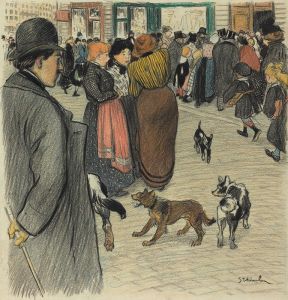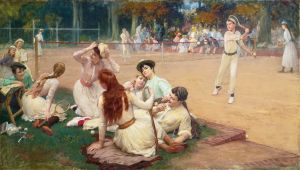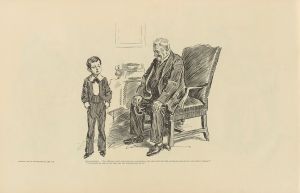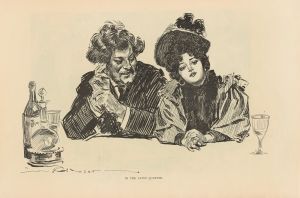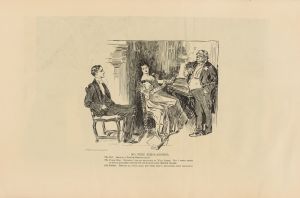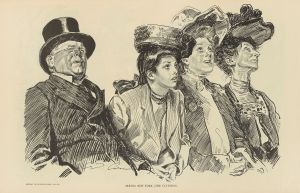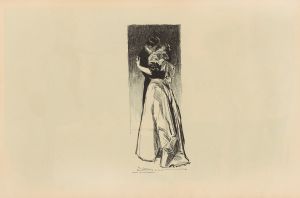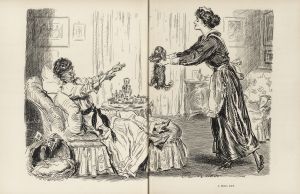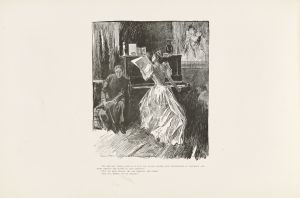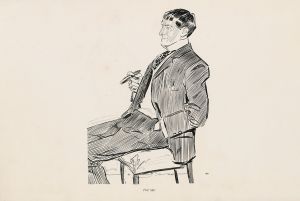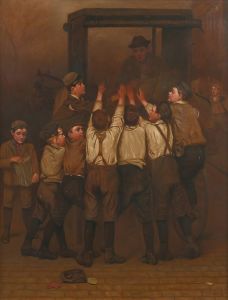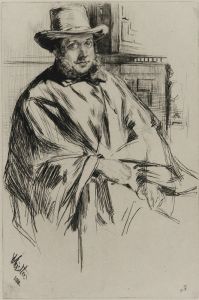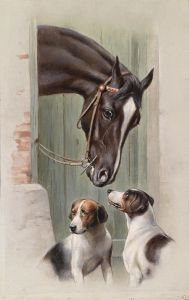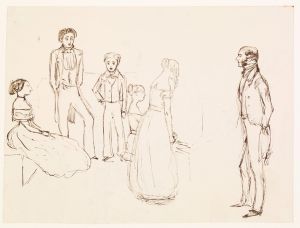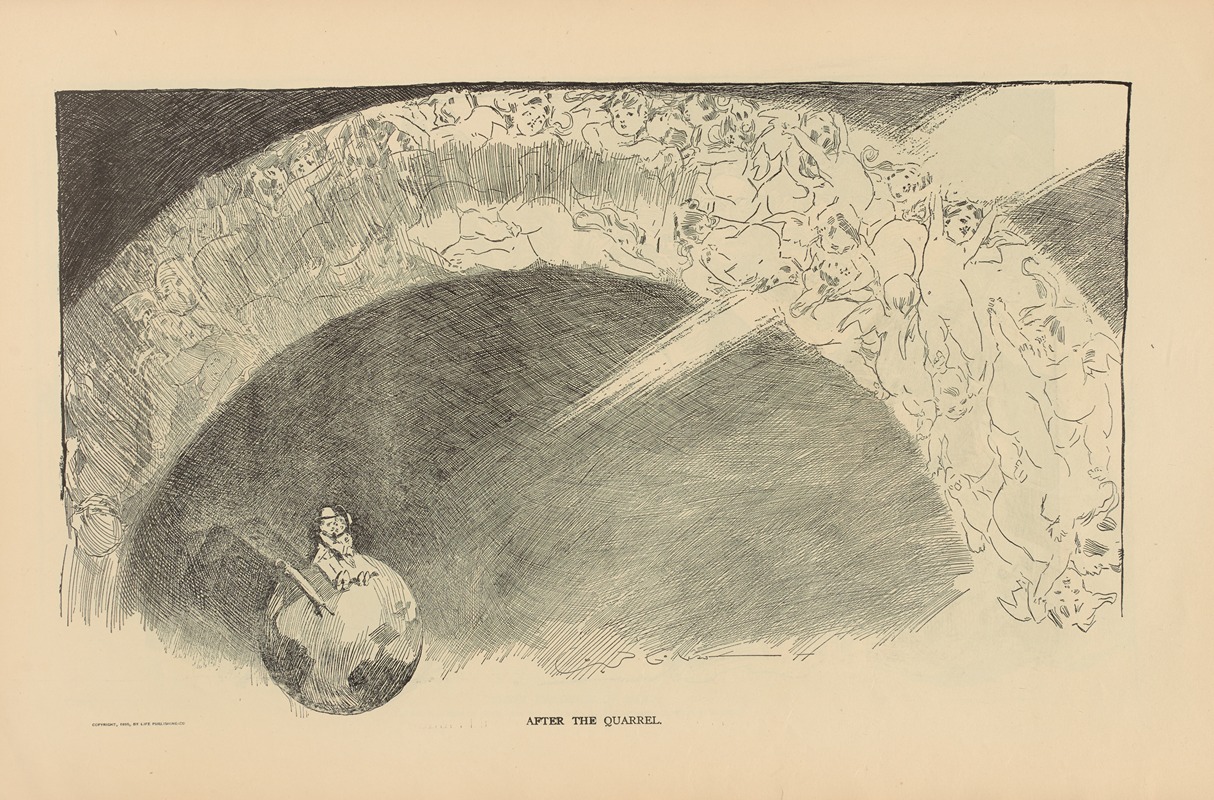
After the quarrel
A hand-painted replica of Charles Dana Gibson’s masterpiece After the quarrel, meticulously crafted by professional artists to capture the true essence of the original. Each piece is created with museum-quality canvas and rare mineral pigments, carefully painted by experienced artists with delicate brushstrokes and rich, layered colors to perfectly recreate the texture of the original artwork. Unlike machine-printed reproductions, this hand-painted version brings the painting to life, infused with the artist’s emotions and skill in every stroke. Whether for personal collection or home decoration, it instantly elevates the artistic atmosphere of any space.
Charles Dana Gibson was a prominent American illustrator, best known for his creation of the "Gibson Girl," an iconic representation of the American woman at the turn of the 20th century. Among his numerous works, "After the Quarrel" stands out as a notable illustration, capturing the nuances of human relationships with his characteristic style and wit.
"After the Quarrel" is a black-and-white illustration that depicts a scene of reconciliation between a couple after a disagreement. The artwork showcases Gibson's keen ability to convey emotion and narrative through minimalistic yet expressive line work. The scene typically features a man and a woman, often portrayed in a domestic setting, where the tension of a previous argument has dissipated, and a sense of resolution or understanding is evident.
Gibson's illustrations were widely published in popular magazines of the time, such as Life, Harper's Weekly, and Collier's. His work, including "After the Quarrel," played a significant role in shaping public perceptions of gender roles and relationships during the late 19th and early 20th centuries. The "Gibson Girl," in particular, became a cultural icon, representing an idealized version of femininity that was independent, confident, and socially active.
The style of "After the Quarrel" reflects Gibson's mastery of pen and ink, characterized by clean lines, detailed textures, and a focus on the expressions and body language of his subjects. This attention to detail allows viewers to infer the emotions and dynamics at play, even without the use of color or extensive background detail. The simplicity of the composition draws attention to the interaction between the characters, highlighting the theme of reconciliation.
Gibson's work, including "After the Quarrel," was influential in the field of illustration and contributed to the development of visual storytelling in print media. His ability to capture the subtleties of human interaction resonated with audiences and helped establish illustration as a respected art form. The popularity of his illustrations also reflected broader societal changes, as the roles and expectations of men and women were evolving during this period.
While specific details about the publication history or reception of "After the Quarrel" may not be extensively documented, it remains an example of Gibson's skill in portraying the complexities of personal relationships. His work continues to be studied and appreciated for its artistic merit and cultural significance, offering insights into the social dynamics of his time.
Overall, Charles Dana Gibson's "After the Quarrel" exemplifies his talent for capturing the essence of human emotions and interactions, making it a valuable piece of art that reflects the societal attitudes and artistic trends of the early 20th century.





